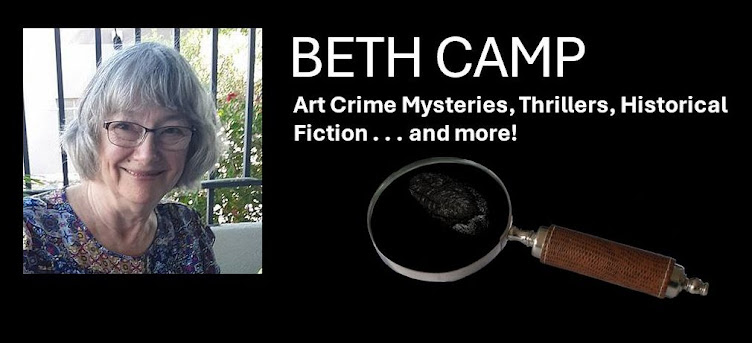Three quick tips for writers this morning which come from circling the wagons -- and not writing.
 |
| Medieval Mermaids, France 1450-1470 (Hermitage) |
- Read other blogs. Create a folder on bookmark menu bar in your browser. Call it whatever you like, maybe READ THESE BLOGS. Then bookmark other writers' blogs, especially those you find inspiring. Today's suggestion comes from a Write it Sideways! interview by Debra Eve with historical-fiction-with-an-edge writer Jeri Westerson. Her well-designed blog alone is worth the trip, and she writes 10 pages a day!
- Set up a Pinterest folder just for writing ideas. Many writers are visually oriented. Why not take advantage of what appeals to you. Check out my Pinterest on mermaids or on the 19th Century just for fun. Some of these links take me to very unexpected places.
- Be willing to do research whenever a question arises. Follow your intuition. This week, I found a very useful "idea tree" that describes a range of emotions that far surpass my own. I'll use Parrott's tree to flesh out my characters (see below). How did I get here? By completing just one more exercise in Donald Maass' Writing the Breakout Novel Workbook.
Thinking about Maslow's hierarchy of needs may help as well, but I believe that people don't get stuck necessarily at one level before advancing to the next. For example, if I'm concerned about survival, Maslow posits that I can't be worrying about higher level issues (self-fulfillment). But the act of creating something pushes us to self-fulfillment in spite of being stuck elsewhere. Maybe I believe that we need to take risks to create -- nothing is a certainty.
 |
| Plutchik's Wheel of Emotion, 1980 (Wikipedia) |
So this first chart by Robert Plutchik helped me to "see" possibilities. Wikipedia's summary suggested other research, but most helpful was the more linear chart of EMOTIONS BY GROUPS by Parrott.
I can use this to work a character through her/his reactions. If Deidre is afraid of something -- maybe something small like a spider, or something more nebulous, like fear of drowning, would she react with HORROR or ANXIETY?
Under HORROR, for example, Parrott lists Alarm - Shock - Fear - Fright - Horror - Terror - Panic - Hysteria - Mortification. Any of these choices would help me develop a scene differently. And, under ANXIETY, Parrott lists Anxiety - Suspense - Uneasiness - Apprehension - Worry - Distress - Dread. And, I can ask, does this person tend tend to respond positively or negatively, for each of these affects the character's thoughts and actions. Now, finally, I'm ready to write!
All of these 'categories' take me in far different directions, helping me to understand new depths in my character AND twist the plot.
ROW80 MARKETING UPDATE. Continuing to map out what's needed. Big achievement this week in keeping with that good advice that says to tackle the most intimidating task on your to-do-list, I subbed Years of Stone to the historical fiction category for the Pacific Northwest Writers Association 2013 literary contest. It's not too late. The contest closes February 22.
May your writing go well this week! Writers, write!

great Parrott link vey interesting - in fact all the links were great and it has taken me 30 minutes + to get to the end of your blog:) thank you very much:)
ReplyDeleteThank you, Alberta, for stopping by and for reading AND commenting. Time is so precious; the Parrott info was especially helpful to me in looking at my characters' thoughts and actions in a new way.
DeleteThis comment has been removed by a blog administrator.
ReplyDeleteThank you, Cindy. I will check this out (I'm a Google fan).
DeleteBeth, thanks so much for the shout-out. I'm with you...I've got to go to that productive place now too. Joanna Penn has a great post on how she does it with visuals: http://www.thecreativepenn.com/2013/02/11/how-to-write-more-daily-writing-habit/
ReplyDeleteGreat to connect!